United States foreign aid freezes: A wake-up call for African countries to increase health financing
Joseph Magoola1
1African Field Epidemiology Network, Kampala Uganda
&Corresponding author:
Joseph Magoola, African Field Epidemiology Network, Kampala Uganda
Email: josephmagoola@gmail.com
Received: 18 Feb 2025 – Accepted: 28 Feb 2025
–Published: 28 May 2025
Domain: Health economics
Keywords: Foreign Aid Suspension, Health Financing, Africa
©Joseph Magoola et al Journal of Interventional Epidemiology and Public Health (ISSN: 2664-2824). This is an Open Access article distributed under the terms of the Creative Commons Attribution International 4.0 License (https://creativecommons.org/licenses/by/4.0/), which permits unrestricted use, distribution, and reproduction in any medium, provided the original work is properly cited.
Cite this article: Joseph Magoola et al United States foreign aid freezes: A wake-up call for African countries to increase health financing. Journal of Interventional Epidemiology and Public Health. 2025;8:40. https://doi.org/10.37432/jieph-d-25-00055
Available online at: https://www.afenet-journal.org/8/40
Abstract
In January 2025, the United States of America (US) suspended all foreign aid, pending reviews to ensure alignment with American strategic interests. This decision significantly disrupted humanitarian assistance and healthcare services, particularly in low-and-middle-income countries that have been the biggest beneficiaries of US aid. The suspension has exacerbated funding gaps in critical sectors, including disease prevention, maternal health, and emergency response. As a result, African governments must urgently reassess their health financing strategies, reduce dependency on external donors through increased domestic resource mobilization, innovative financing mechanisms, and strengthened public-private partnerships. These strategies are essential to safeguard African healthcare systems against future financial uncertainties and external policy shifts.
What is already known about the topic
What this study adds
| Variables (N=267) | Frequency (n) | Percentage (%) |
| Age (Years) | ||
| 1-5 | 163 | 61.1 |
| 6-10 | 70 | 26.2 |
| 11-15 | 8 | 3.0 |
| Above 15 | 26 | 9.7 |
| Sex | ||
| Female | 120 | 44.9 |
| Male | 147 | 55.1 |
| Occupation | ||
| Other | 31 | 11.7 |
| Pupil | 234 | 88.3 |
| District | ||
| Juaboso | 102 | 38.2 |
| Bibiani-Anhwiaso-Bekwai | 97 | 36.3 |
| Bodi | 37 | 13.9 |
| Wiawso | 25 | 9.4 |
| Bia West | 3 | 1.1 |
| Aowin | 2 | 0.8 |
| Suaman | 1 | 0.4 |
| Case Fatality | ||
| Total Deaths | 0 | 0 |
| N=Total number of cases | ||
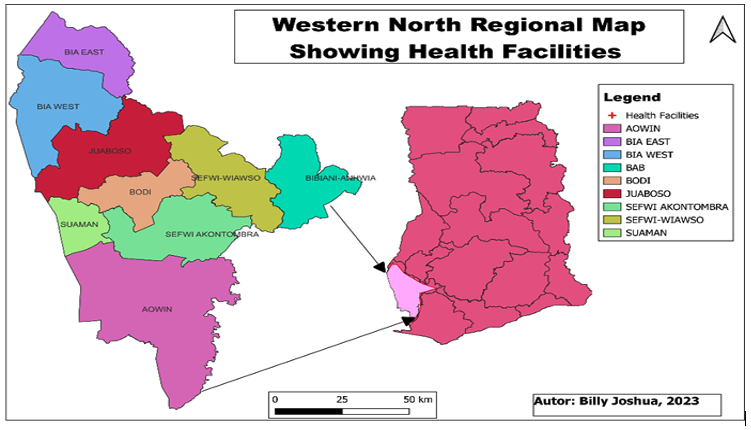
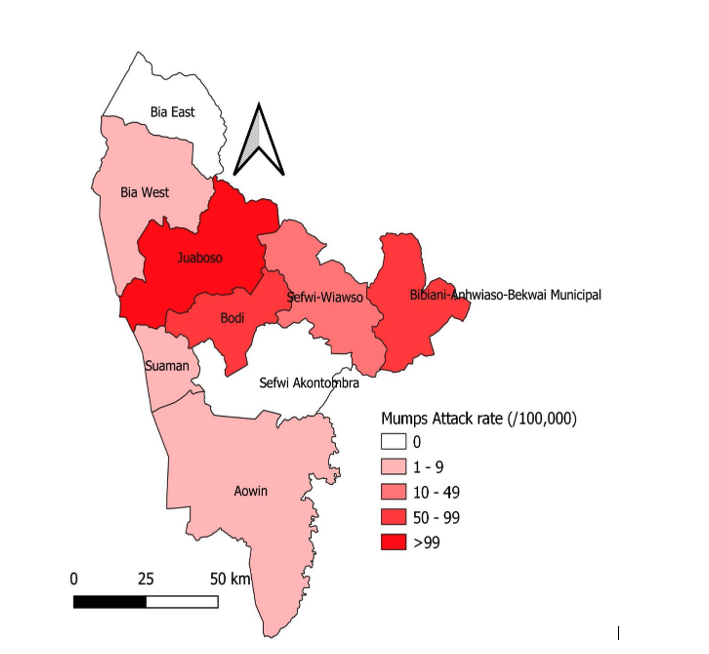
Menu, Tables and figures
On Google Scholar
Navigate this article
Tables
Table 1: Distribution of mumps cases, Western North Region, 2022
| Variables (N=267) | Frequency (n) | Percentage (%) |
| Age (Years) | ||
| 1-5 | 163 | 61.1 |
| 6-10 | 70 | 26.2 |
| 11-15 | 8 | 3.0 |
| Above 15 | 26 | 9.7 |
| Sex | ||
| Female | 120 | 44.9 |
| Male | 147 | 55.1 |
| Occupation | ||
| Other | 31 | 11.7 |
| Pupil | 234 | 88.3 |
| District | ||
| Juaboso | 102 | 38.2 |
| Bibiani-Anhwiaso-Bekwai | 97 | 36.3 |
| Bodi | 37 | 13.9 |
| Wiawso | 25 | 9.4 |
| Bia West | 3 | 1.1 |
| Aowin | 2 | 0.8 |
| Suaman | 1 | 0.4 |
| Case Fatality | ||
| Total Deaths | 0 | 0 |
| N=Total number of cases | ||
Figures
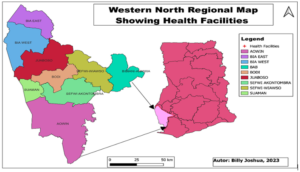
Figure 1: Map of Ghana showing Western North Region and districts

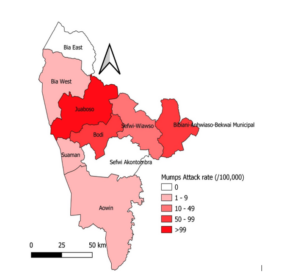
Figure 2: Distribution of mumps attack rates by district, Western North Region, August 2022

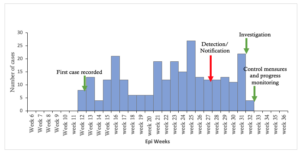
Figure 3: Epidemic curve of Mumps cases, Western North Region, August 2022
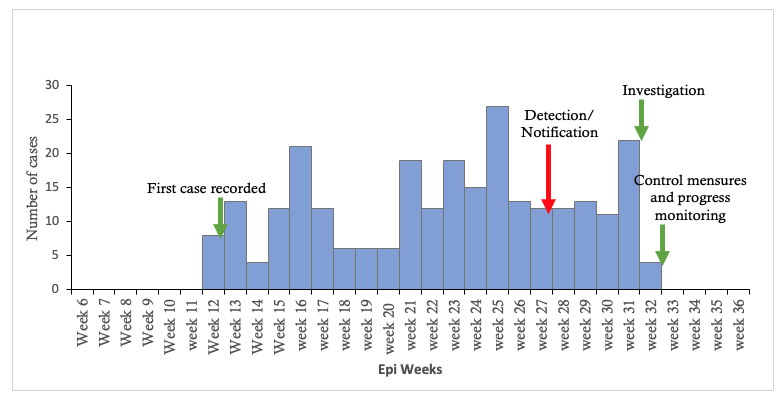
Keywords
- Mumps
- Outbreak Investigation
- Infectious
- Ghana
